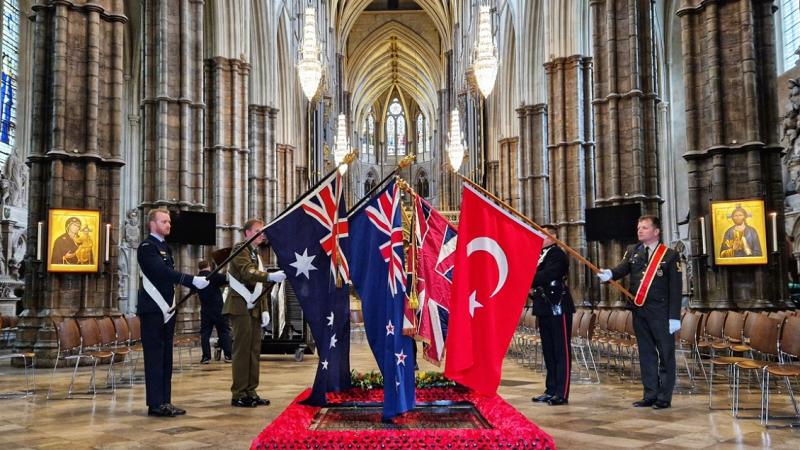Following a comprehensive investigation into the capsizing of the i-Catcher south of Kaikoura in September 2022, Maritime NZ’s investigation into potential prosecution following the incident is now complete.
On 10 September last year, the vessel with 11 people on-board departed South Bay, Kaikoura. The 10 passengers were members of a Nature Photography Society of New Zealand. About two hours into the excursion, the vessel capsized. Five of those on-board were trapped under it and sadly passed away, after being exposed to petrol fumes.
Maritime NZ would like to acknowledge this tragedy and the lives lost on 10 September last year. Our thoughts are with the survivors, and family members of those who lost their lives that day.
Following our investigation, Maritime NZ has decided not to take any prosecution action against any individuals, organisations or PCBUs.
“The investigation undertaken by Maritime NZ specialist investigators was complex and fulsome,” Maritime NZ’s Deputy Director Regulatory Operations, Deb Despard says.
“It involved visiting the scene, reviewing the conditions from that day, interviewing witnesses, commissioning an independent survey of the vessel, checking the safety equipment for the vessel, collating and reviewing the operator’s documentation.”
The survivors, families of the victims, and those involved have been informed of the decision not to prosecute any of the parties involved.
“The investigation looked at the potential cause for the vessel to capsize, the fuel leak and how the organisations and individuals involved managed their responsibilities,” Deb Despard says.
After reviewing accounts from survivors, receiving feedback from witnesses in the area and technical analysis of the force required to cause a vessel of this size to roll over, the Maritime NZ investigation has identified the likely cause of the capsize was a whale impacting the i-Catcher as it came up to the surface.
The Transport Accident Investigation Commission has released a preliminary report, with a full report to come in due course.
In its preliminary report, TAIC raised issues about how vessels’ fuel systems are inspected by maritime surveyors, particularly the parts of the system that cannot be seen and easily accessed because they are under decks or behind bulkheads.
“We are currently prioritising work on guidance for the industry to remind them about considerations raised in the August TAIC report,” Deb Despard says.
“This includes working with recognised maritime surveyors to ensure they are looking for the right issues when surveying vessels.
“Our targeted advice to the sector and surveyors will make a difference by improving the understanding of potential risks around fuel systems,” Deb Despard says.
This will build on the work Maritime NZ is already doing with recognised maritime surveyors, including holding a regular surveyor conference, seminars, proactively engaging with surveyors around rule changes, providing clarification on the intent of rules and safety updates, and promoting an understanding of best practice.
As part of the follow up work post this incident, Maritime NZ is looking at on-the-water safety initiatives skippers and crew on trips such as this can undertake to assist those on-board should something the vessel encounter trouble.
“Our people are currently working on advice and we expect it to go to the sector in the coming months,” Deb Despard says.
While this marks the end of the Maritime NZ investigation, this is a potentially stressful period for those connected to the incident.
“We understand this may be an emotional time for those involved. Maritime NZ wishes to extend its condolences to those impacted by this tragedy, Deb Despard says.”








